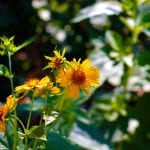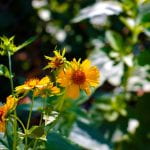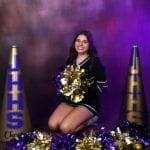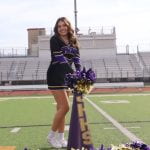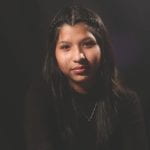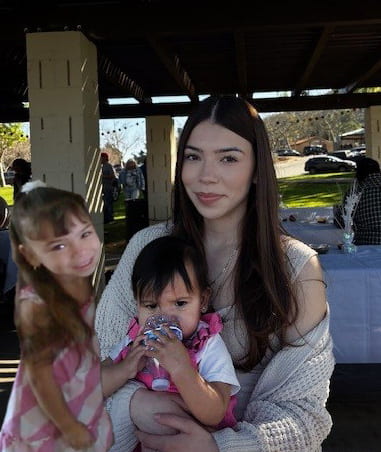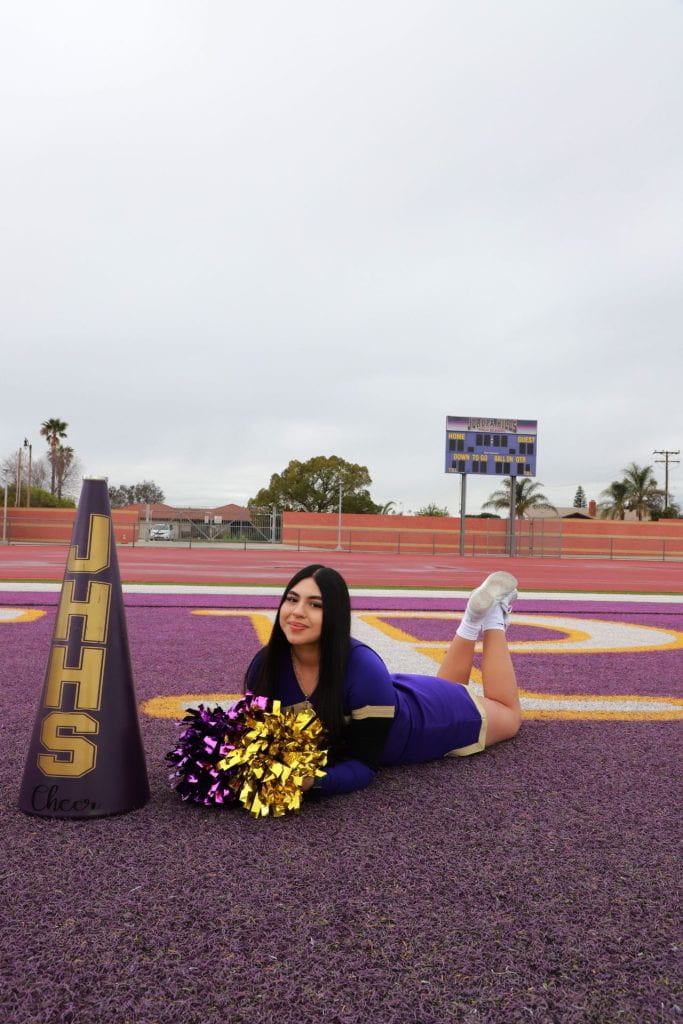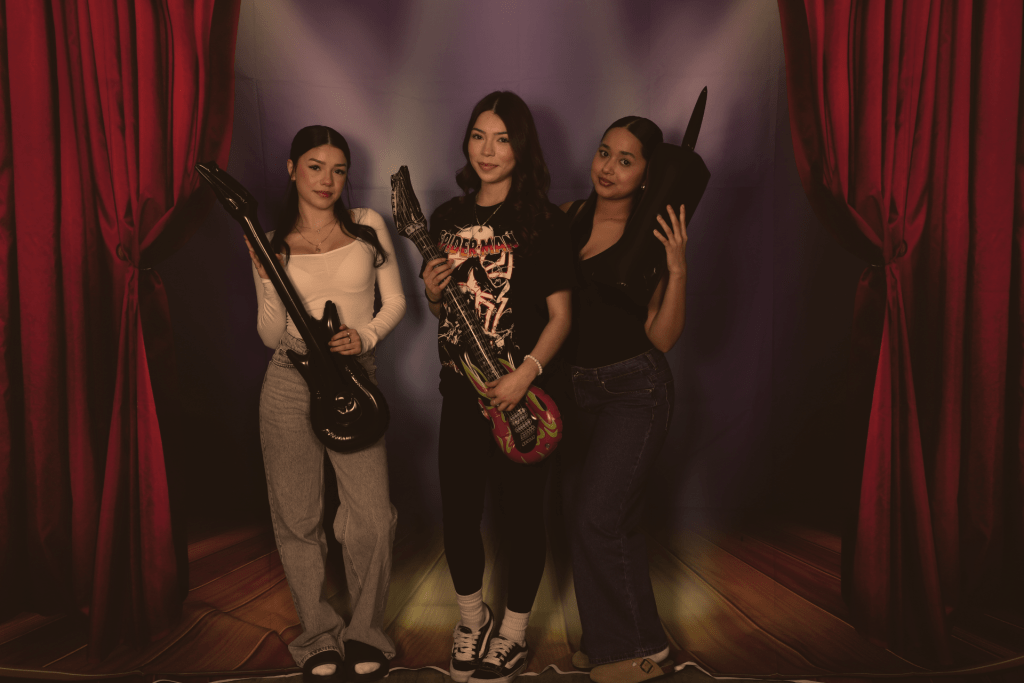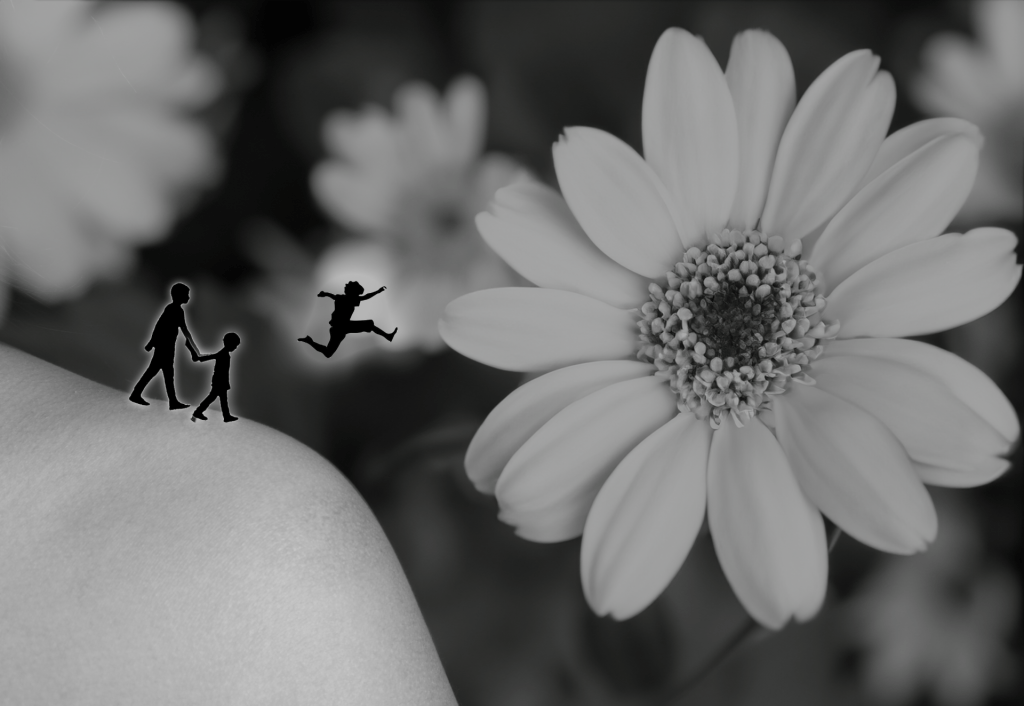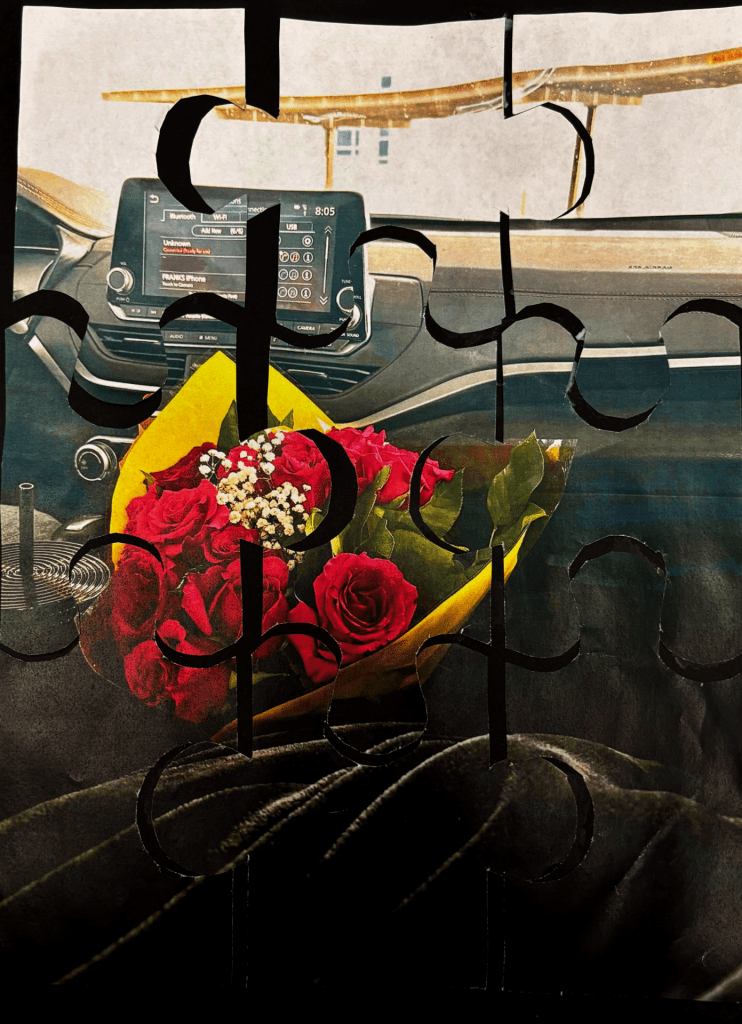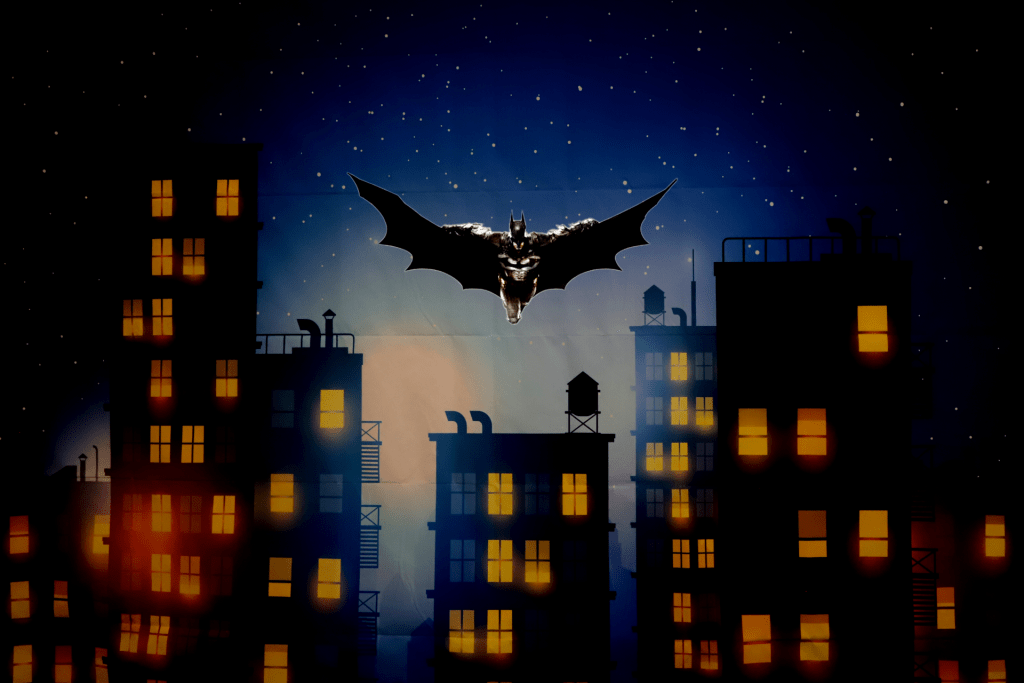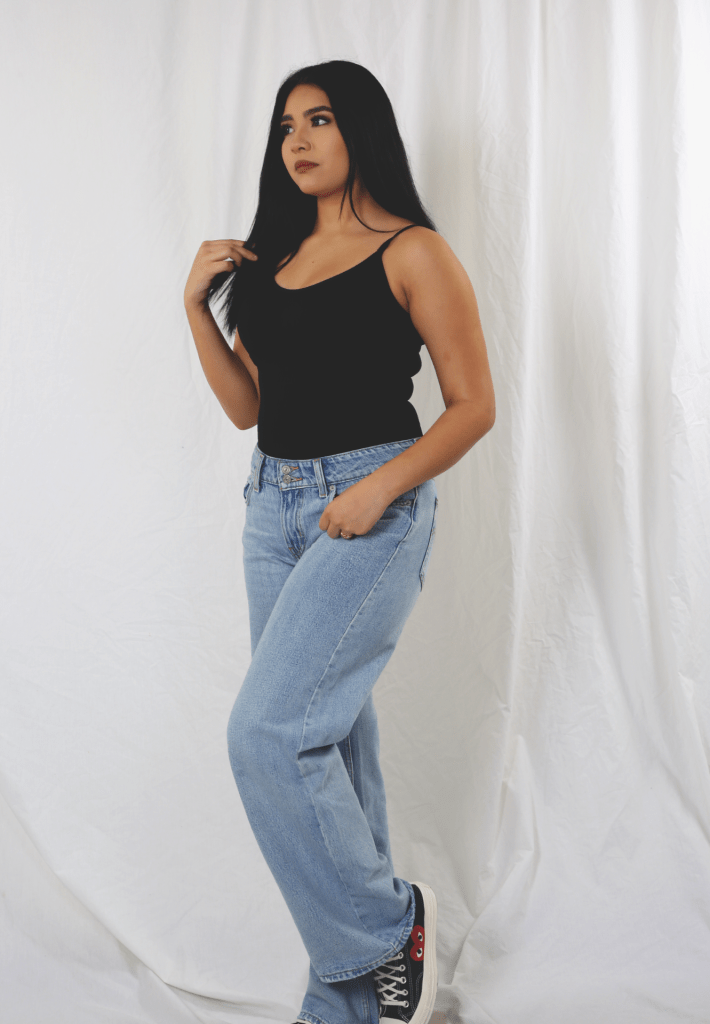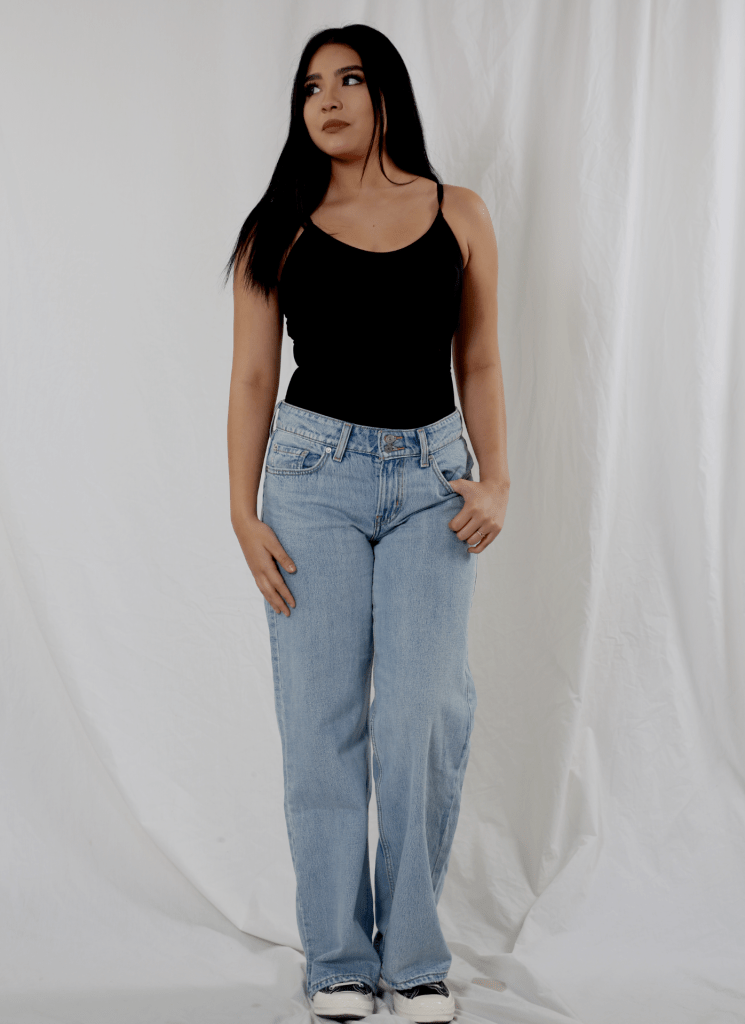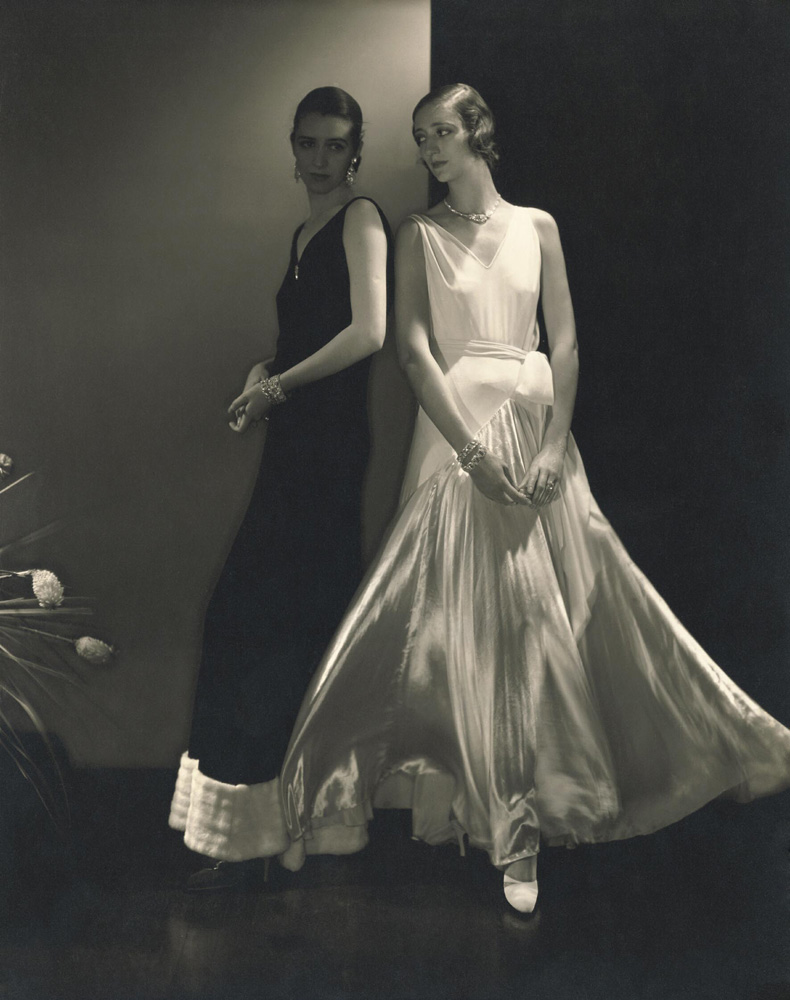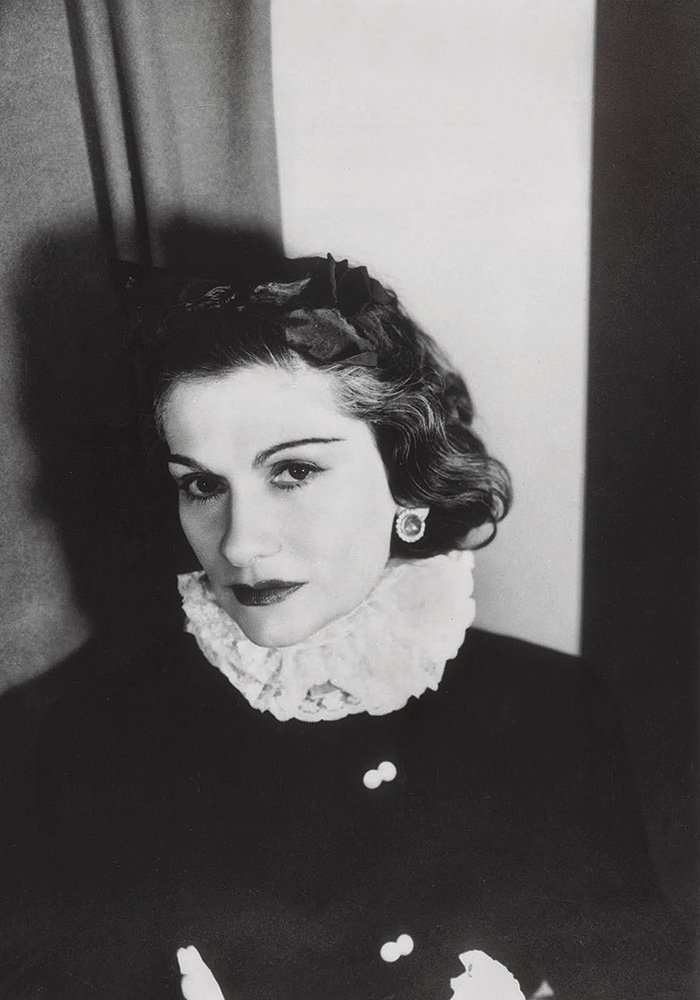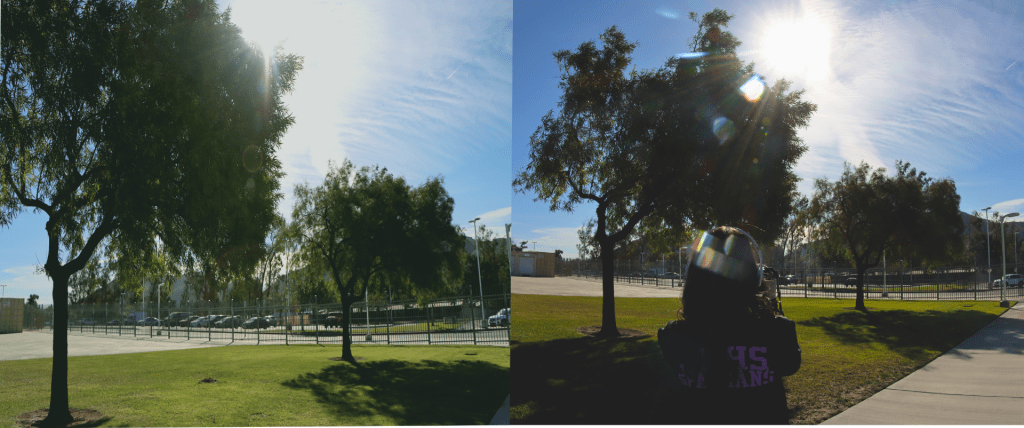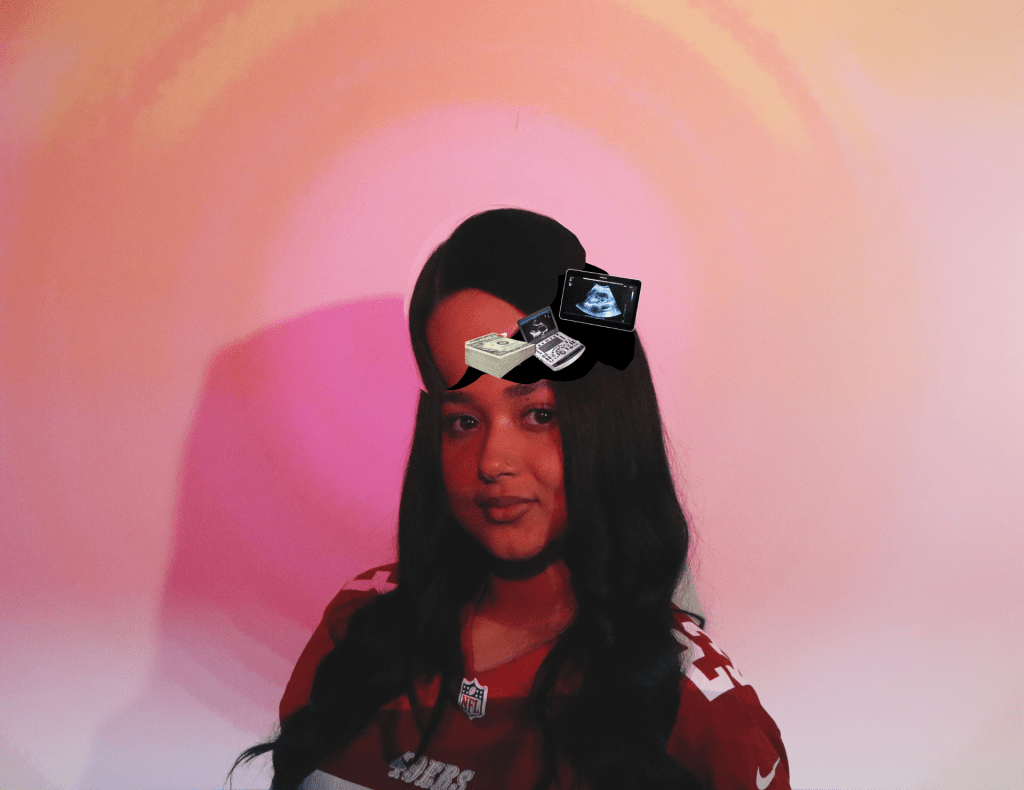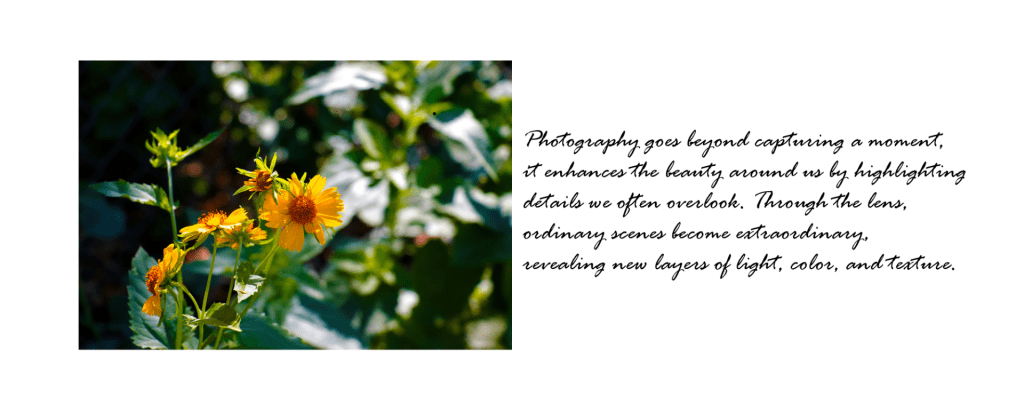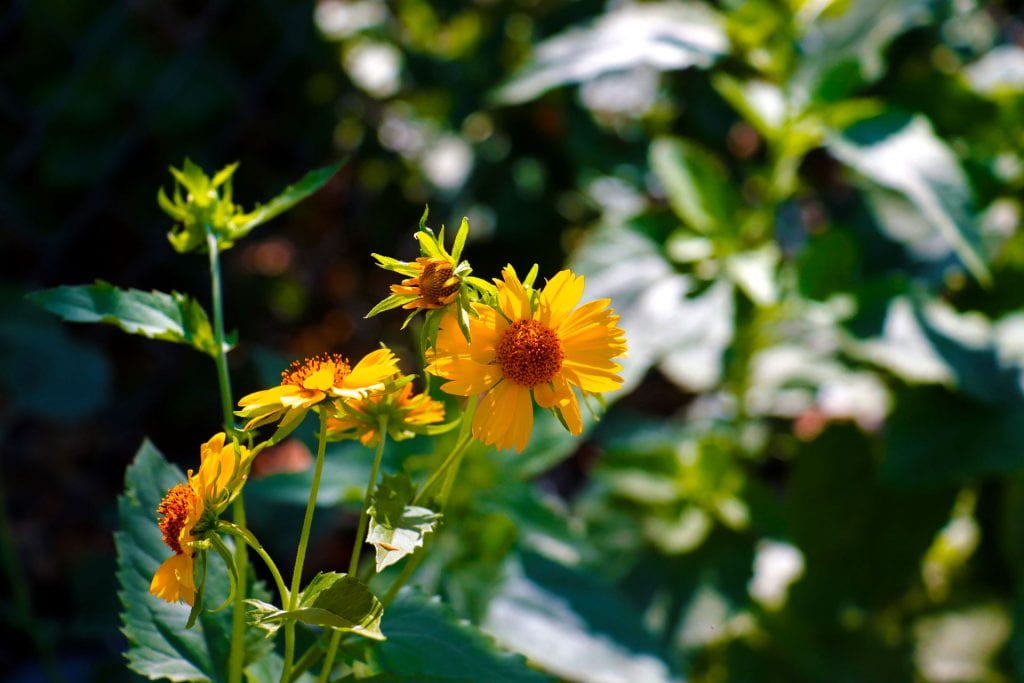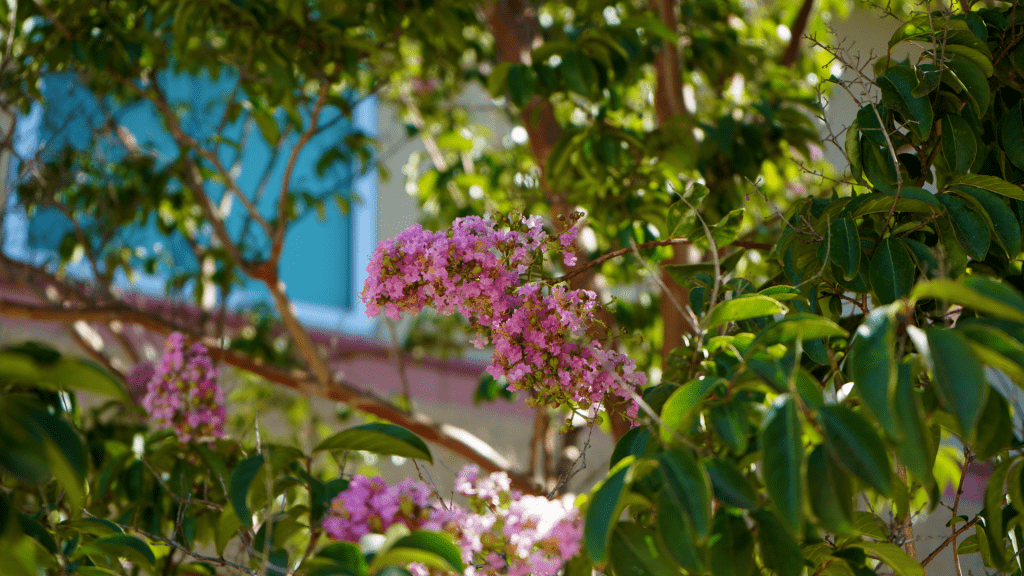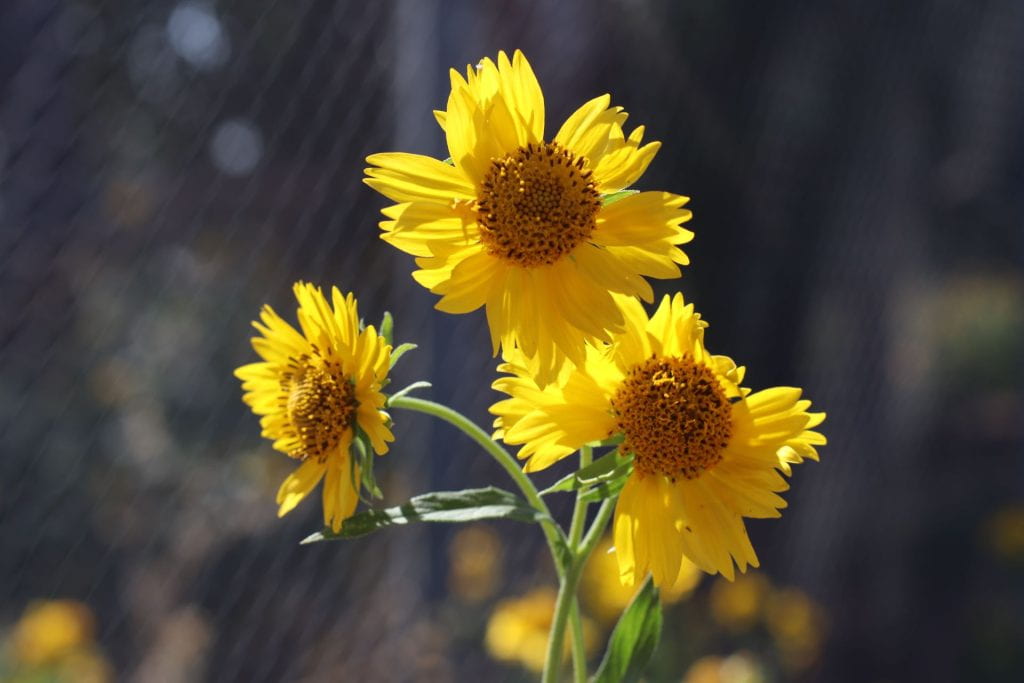LAST YEAR
Assignments
ME+MYSELF
CHEERLEADER
BAND
PUZZEL
WHAT YOU LOVE
LEVITATION
FAVORITE PHOTOGRAPHER ESSAY
Joel Meyerowitz is a renowned American photographer whose work has profoundly shaped the landscape of modern photography. Known for his mastery of color photography and street photography, Meyerowitz’s career spans several decades, capturing the world around him with a unique artistic vision. Meyerowitz’s contribution to photography is particularly notable for his role in the acceptance of color as a legitimate medium for fine art photography, a medium that was once predominantly dominated by black-and-white.
Meyerowitz’s early work focused on street photography, capturing the urban landscape and the people within it, often in the vibrant, chaotic streets of New York City. He became known for his ability to capture fleeting moments, turning the everyday into something extraordinary through the lens of his camera. His approach is often spontaneous, yet deeply thoughtful, reflecting his interest in human behavior and the environment. Meyerowitz’s rule, in the context of photography, can be described as a commitment to capturing the beauty in the world through color, composition, and light.
One of Meyerowitz’s key specialties is street photography, but his work also extends to landscape photography, particularly his later projects. His use of color was groundbreaking in the 1960s and 70s, when the majority of photographers were still working in black-and-white. Meyerowitz, however, was fascinated by the expressive potential of color, and his work in the streets, as well as on the beaches of Cape Cod, demonstrates how color could elevate the narrative and mood of an image. His ability to capture the nuances of natural light, shadow, and the interaction between people and their surroundings defines his approach.
Technically, Meyerowitz achieves his results through a combination of keen observation and careful composition. His street photographs are often spontaneous, capturing moments in real time, but his later works in color show a more deliberate approach, where he seeks out the perfect interplay of light, color, and form. In these works, Meyerowitz often uses the natural world, such as the landscape of Cape Cod, as a canvas where light and color converge to create harmonious compositions. His technique involves both the art of waiting for the right moment and understanding how light can influence the mood and narrative of a scene.
Visually, Meyerowitz’s aesthetic is characterized by rich, saturated colors and dramatic contrasts. His compositions often involve a sense of balance, with a clear focus on geometry and structure, whether it’s the angles formed by architecture or the lines of a horizon in his landscapes. He frequently uses the natural environment to frame his subjects, creating a dialogue between the human figures and the spaces they inhabit. Meyerowitz’s approach is thoughtful but not rigid; its about capturing life’s unpredictability with a careful eye for its beauty.
What I find particularly engaging about Meyerowitz’s photography is his ability to elevate ordinary moments into something profoundly evocative. Whether it’s the way he frames a pedestrian crossing a street or the gentle curve of a tree against a vibrant sky, his images resonate with a sense of calm and clarity. The richness of his colors, paired with his impeccable timing and eye for composition, make his work visually striking and emotionally resonant. His photographs speak to the beauty of the everyday, and it’s this authenticity and sensitivity to light, color, and moment that make his photography so compelling.
IMAGE TRANSFER ONTO WOOD
PHOTOCEPTION DIPTYCH
WHATS IN YOUR HEAD?
YOUR ARTIST STATEMENT
LIGHT PAINTING PORTRAITS

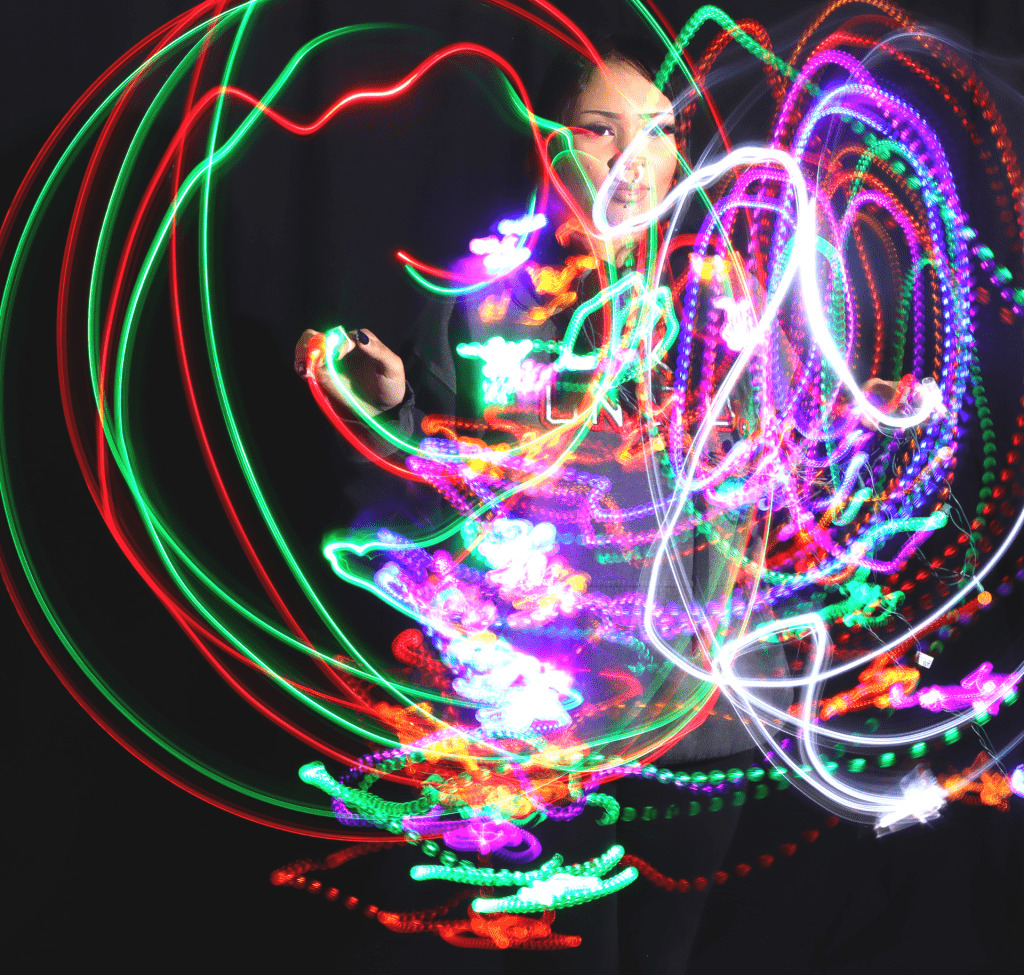
MOTION BLUR
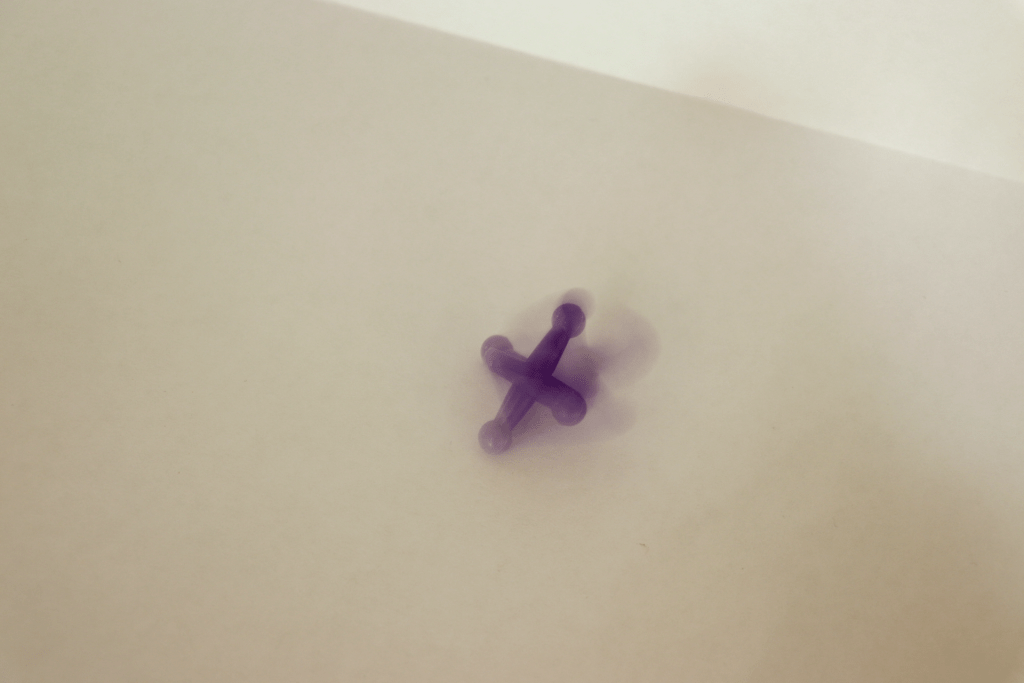

MIXED MEDIA

BOOK FACE

SCREEN PRINTING
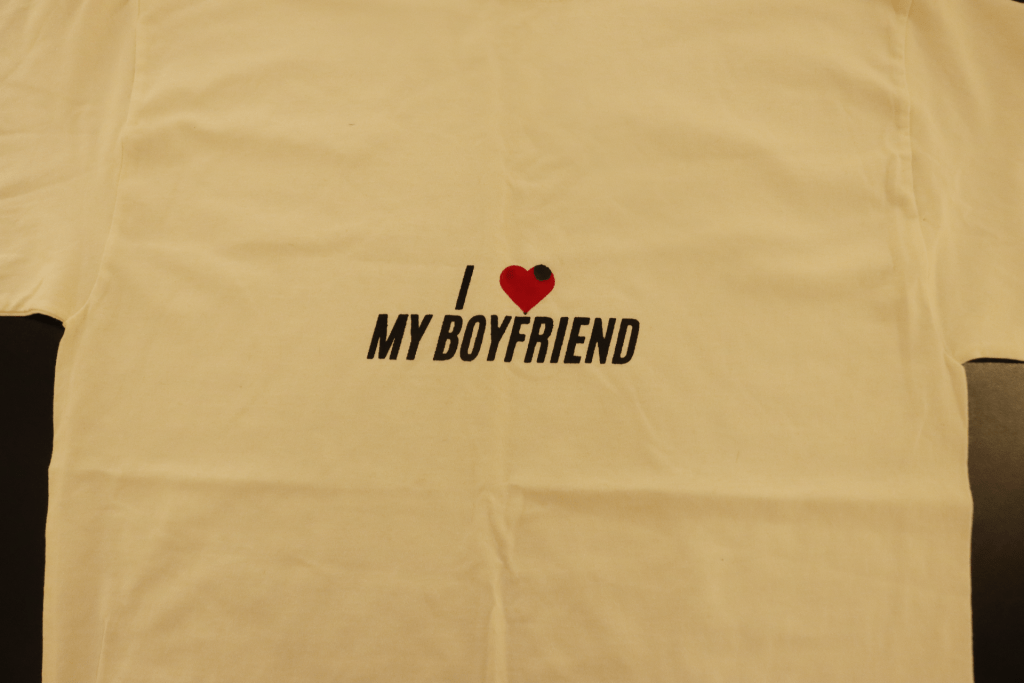
50,000$ Shopping Spree
https://www.bhphotovideo.com/c/product/1854286-REG/leica_19084_q3_43_digital_camera.html
https://www.bhphotovideo.com/c/product/1841173-REG/canon_6536c012_eos_r5_mark_ii.html
https://www.bhphotovideo.com/c/product/1768277-REG/leica_19080_q3_digital_camera.html
https://www.bhphotovideo.com/c/product/1766847-REG/nikon_z8_mirrorless_camera_with.html
I would get these cameras because they look like they take good pictures and good focuses.
https://www.bhphotovideo.com/c/product/1665105-REG/astera_pb15_set_pixelbrick_set_kit_of.html
https://www.bhphotovideo.com/c/product/1836274-REG/godox_ad600proii_all_in_one_outdoor_flash.html
https://www.bhphotovideo.com/c/product/1445050-REG/godox_ad600pro_witstro_battery_powered_monolight.html
I would get this light kit so I can get good pictures with good lighting.
https://www.bhphotovideo.com/c/product/1510031-REG/canon_rf_70_200mm_f_2_8l_is.html
https://www.bhphotovideo.com/c/product/1852753-REG/canon_6535c002_rf_28_70mm_f_2_8_is.html
https://www.bhphotovideo.com/c/product/1547011-REG/canon_rf_100_500mm_f_4_6_3l_is.html
https://www.bhphotovideo.com/c/product/1793385-REG/canon_rf_24_105mm_f_2_8_l.html
These lenses all look good and high quality given the price.
https://www.bhphotovideo.com/c/product/1848319-REG/sony_pxw_z200_4k_1_cmos.html
https://www.bhphotovideo.com/c/product/1659385-REG/canon_xf605_4k_pro_camcorder.html
https://www.bhphotovideo.com/c/product/1674077-REG/blackmagic_design_ursa_broadcast_g2_camera.html
https://www.bhphotovideo.com/c/product/1528018-REG/panasonic_hc_x1500_4k_uhd_full_hd.html
These camera recorders would be beneficial to me in case I ever need to video graph a wedding or special event and they look really high and good quality.
TED TALK
Erik Johansson is a photographer and visual artist who creates surreal, “impossible” images. He believes in blending imagination with technical skill, allowing his photos to feel real while adding unexpected twists. He uses real elements but digitally alters them to challenge the laws of nature.
Johansson’s work falls under surrealism, where he plays with how we perceive reality. He emphasizes storytelling, with each image contributing to a larger narrative. His themes often explore how we view the unrealistic aspects of life.
Before taking photos, Johansson sketches his ideas, carefully planning each detail to create a dreamlike scene. His work pushes the limits of photography and encourages viewers to rethink their understanding of reality.
SANDY SKOGLUND RE-CREATION
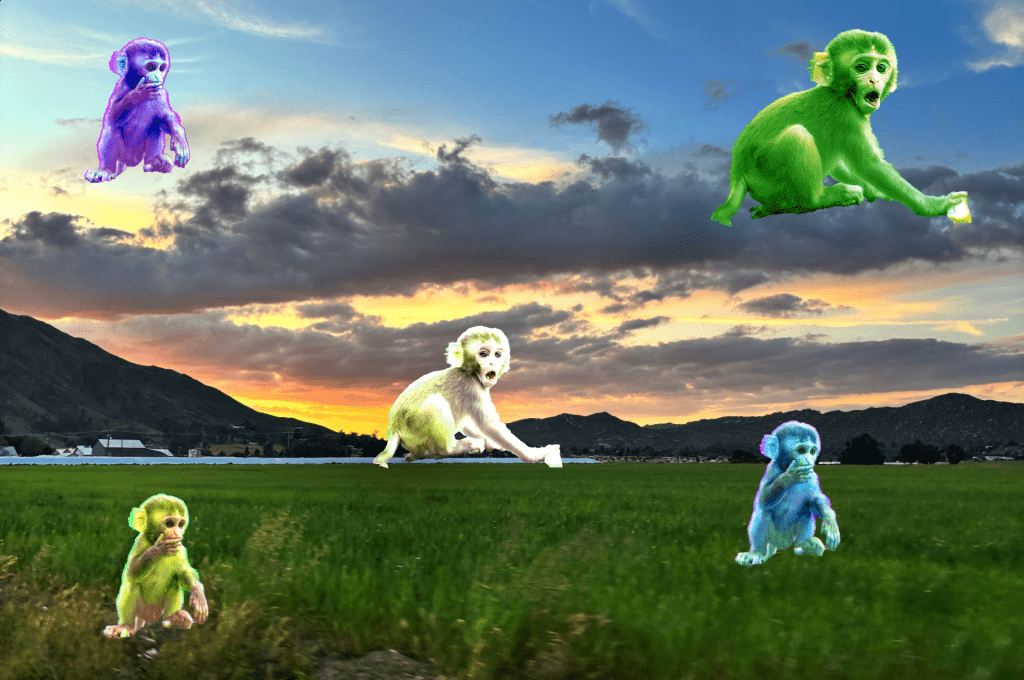
PAINTING AND PHOTGRAPHY
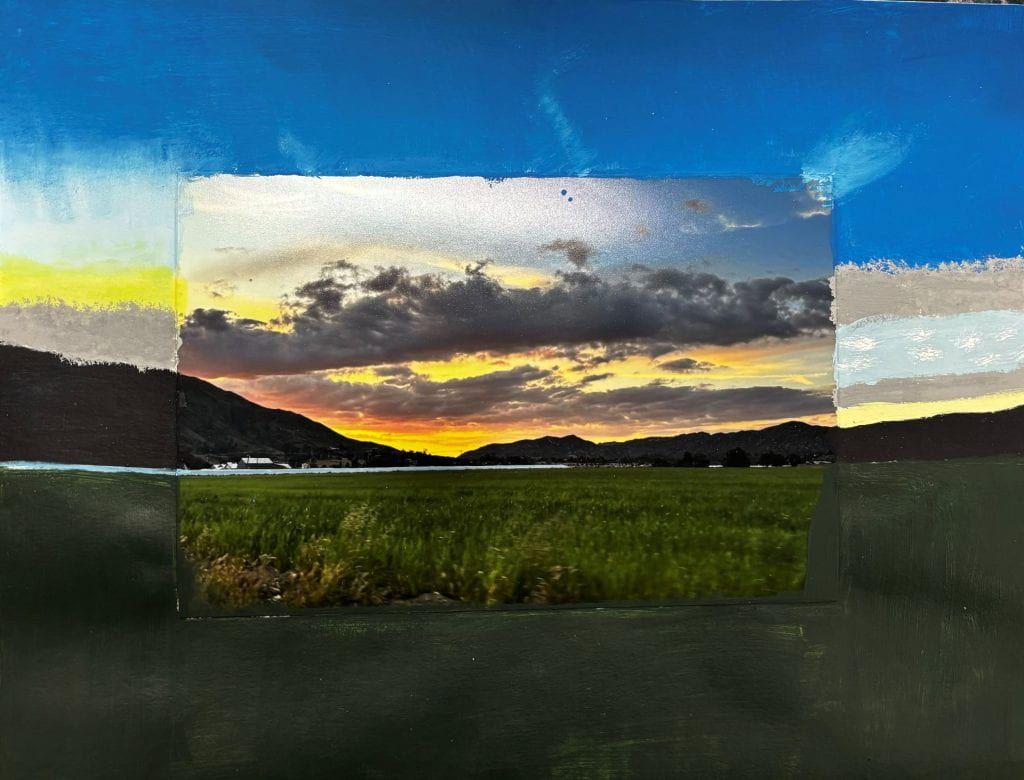
DOUBLE COLOR EXPOSURE
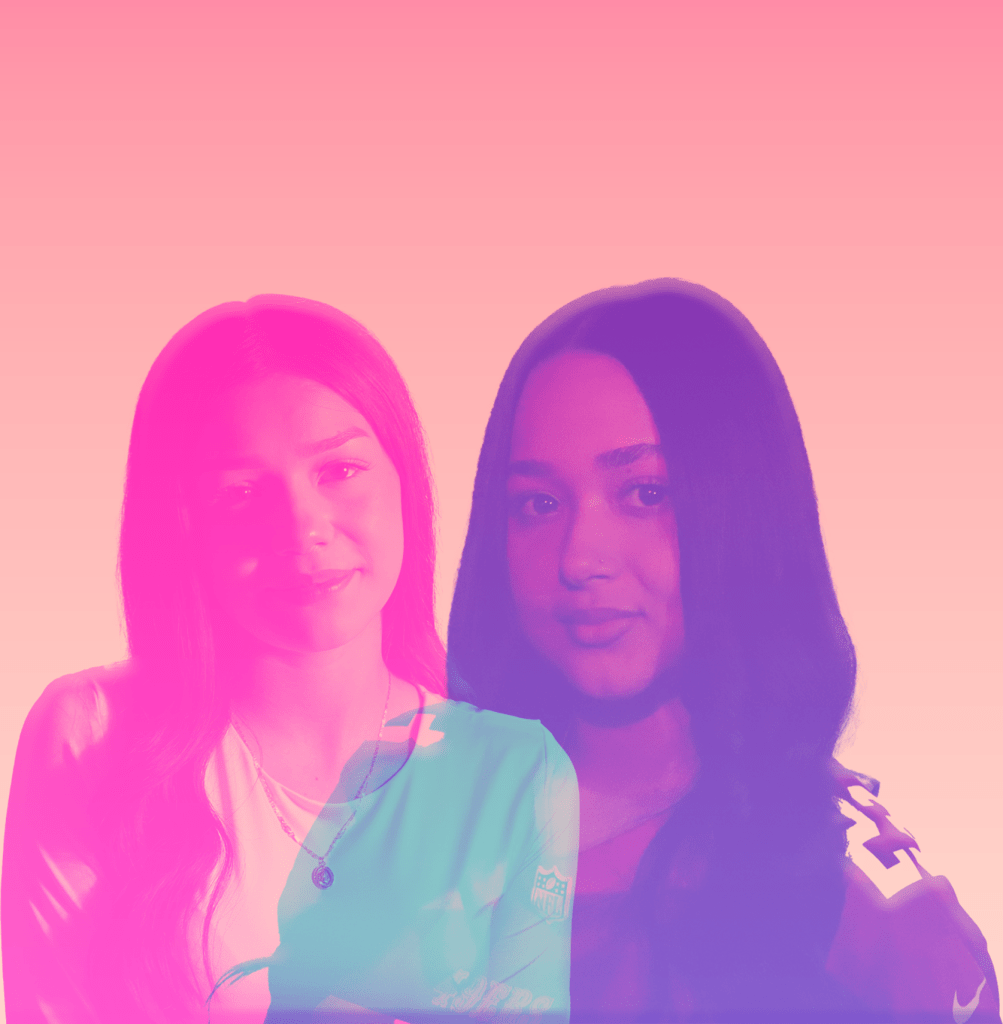
LOW KEY STILL LIFE OR PORTRAITS

SOCIAL/ POLITICAL ISSUE IN ART
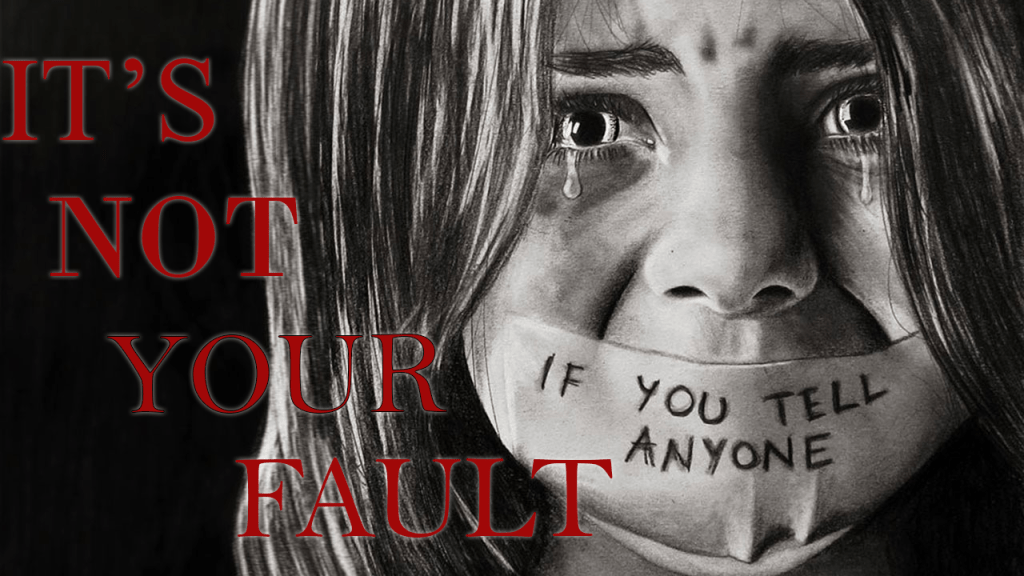
BLACK + WHITE

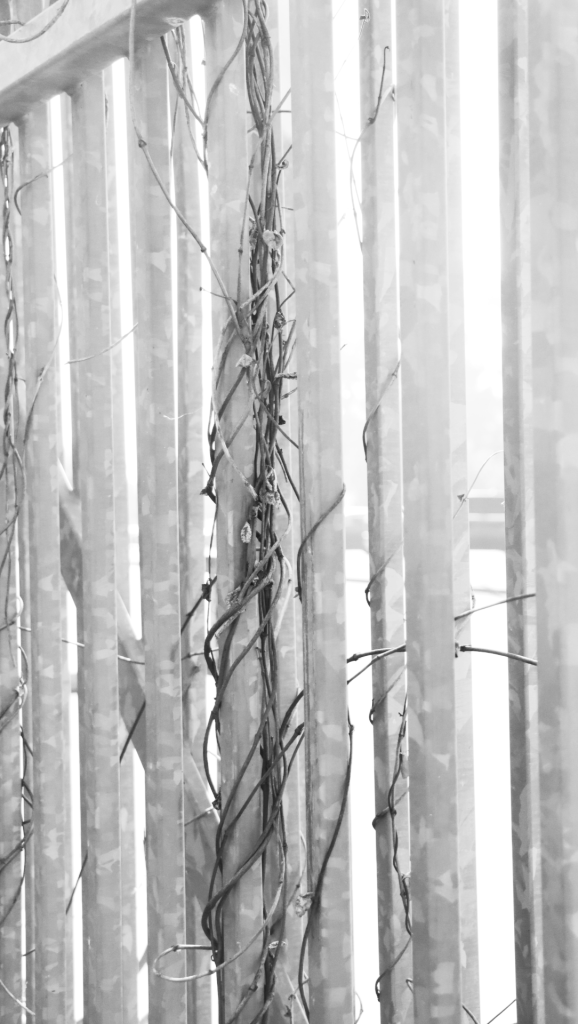
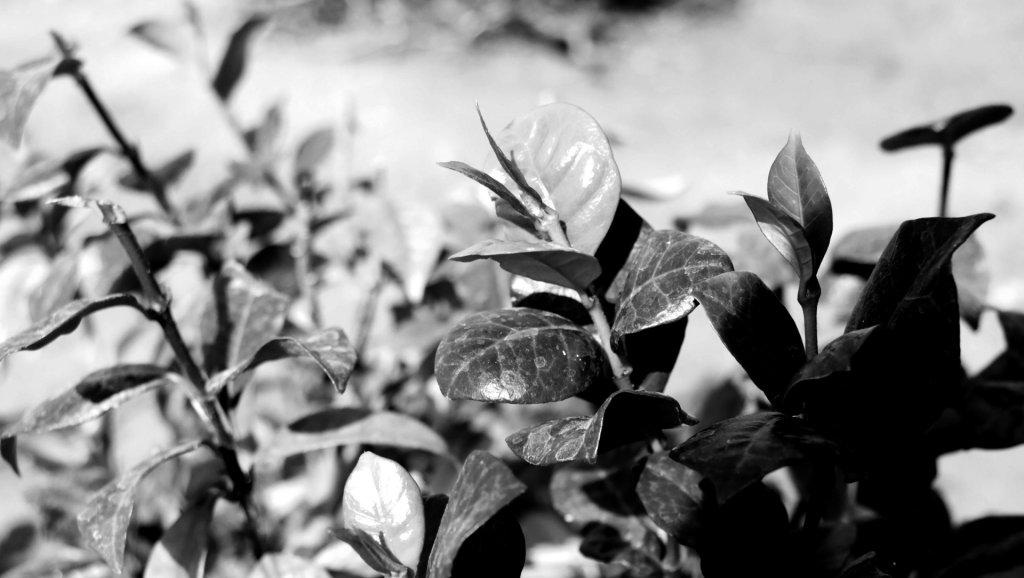
MACRO

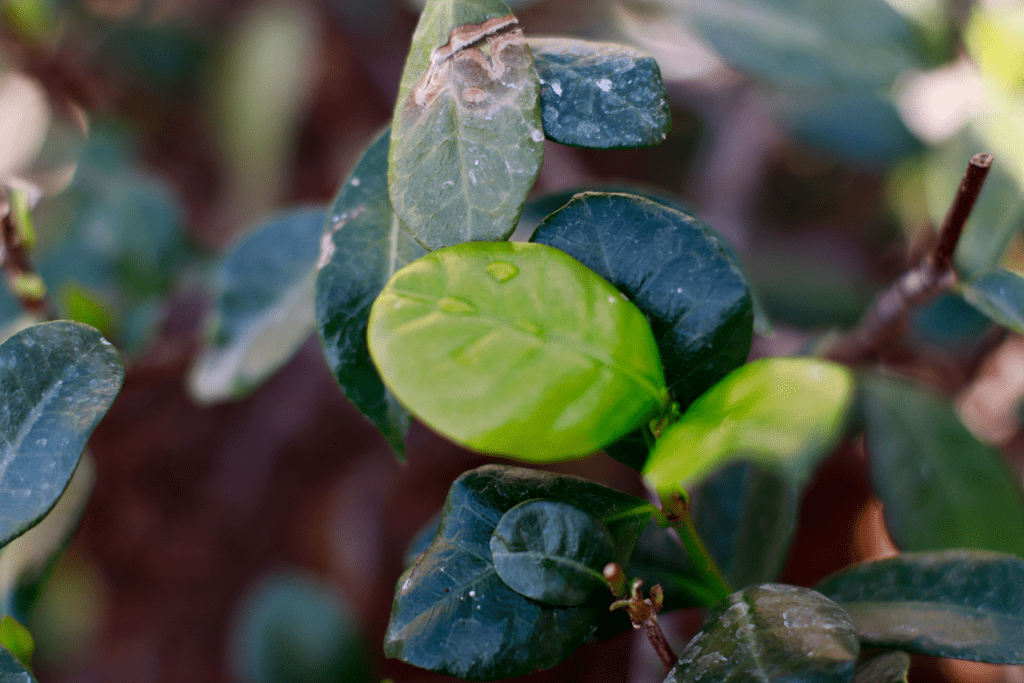
CTE CLASSES
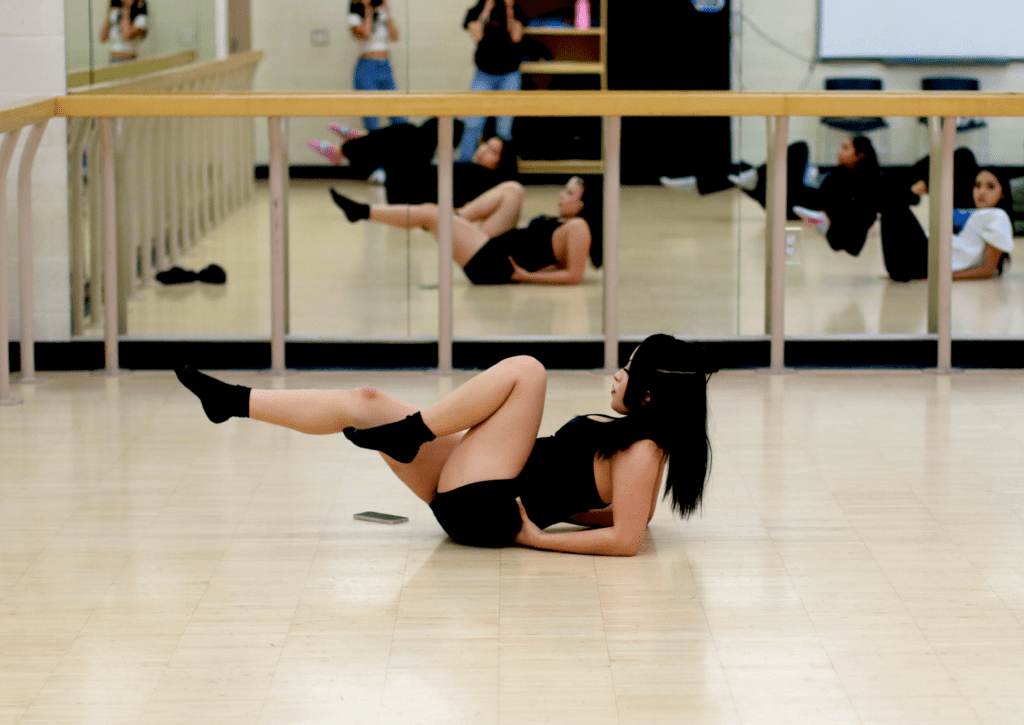
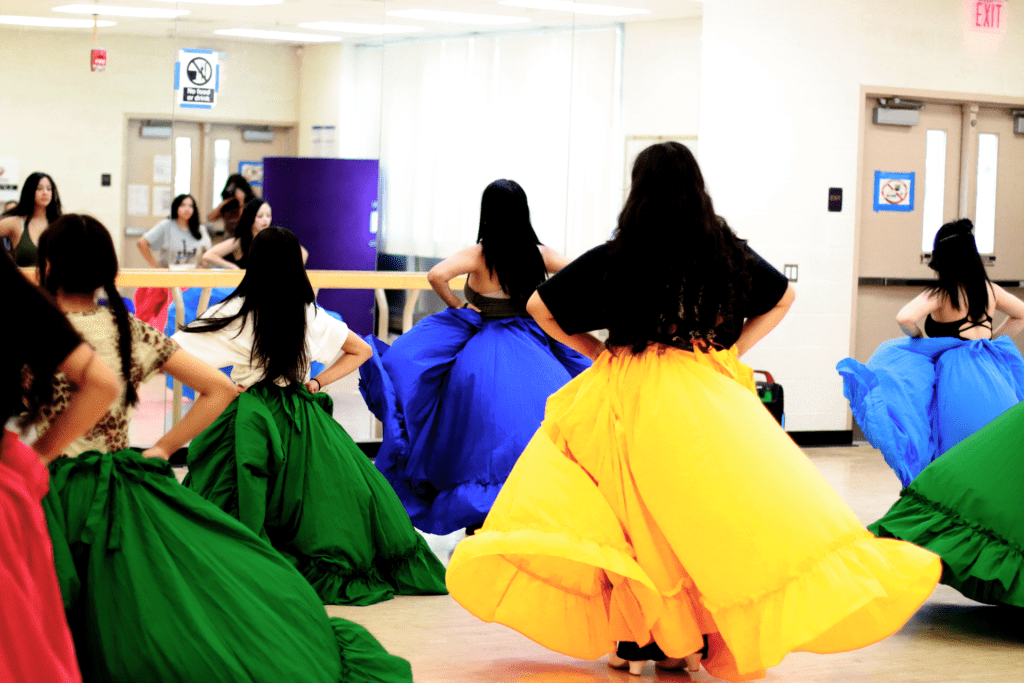
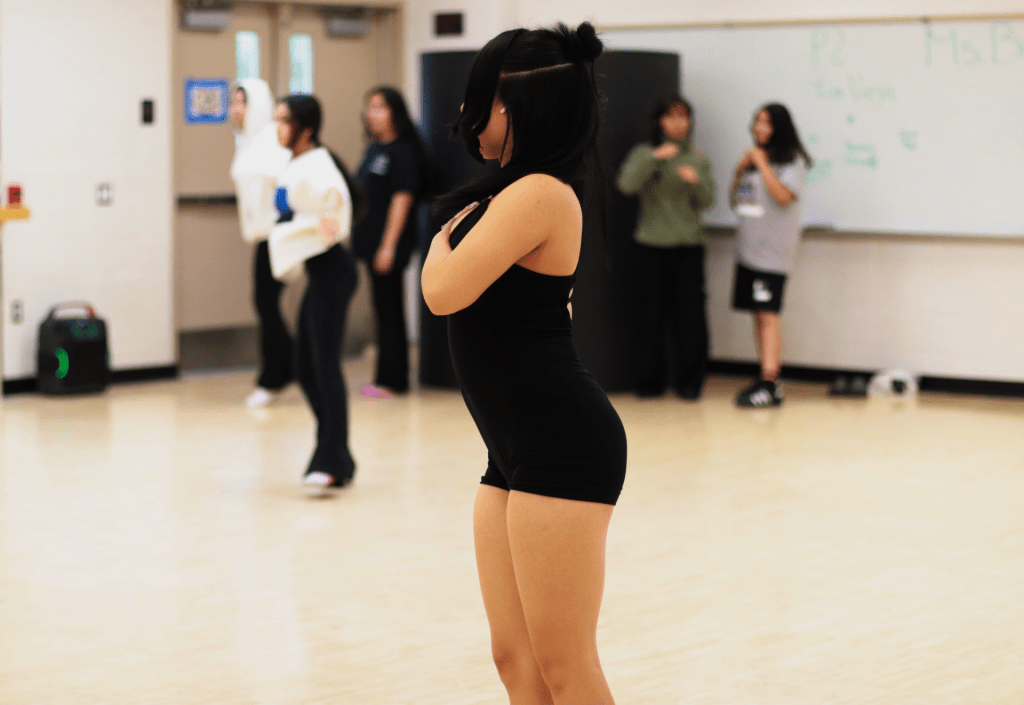
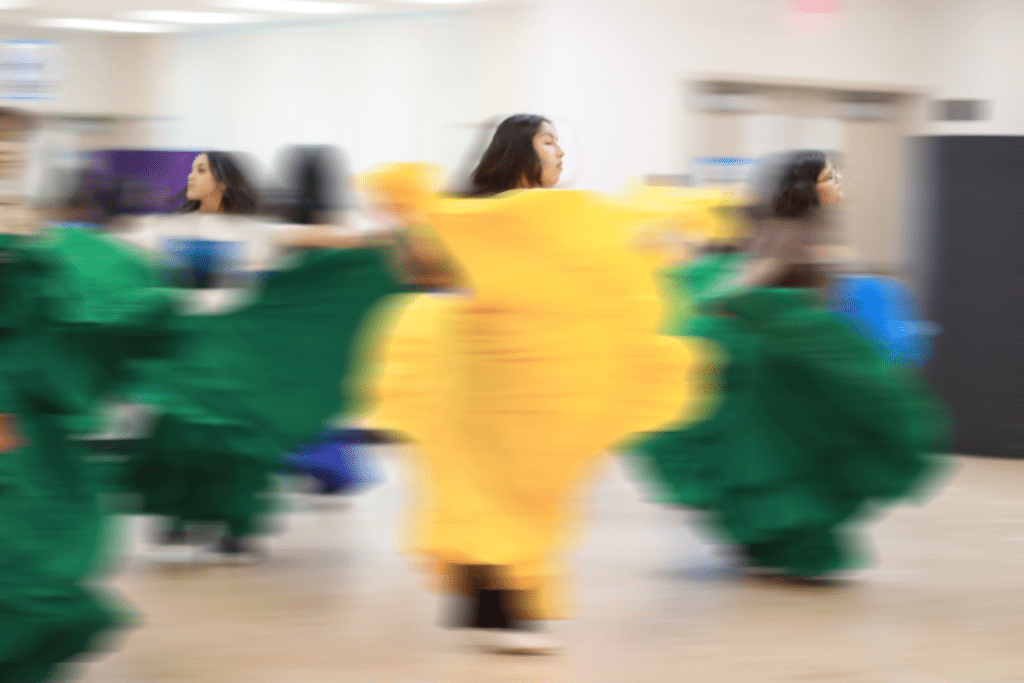
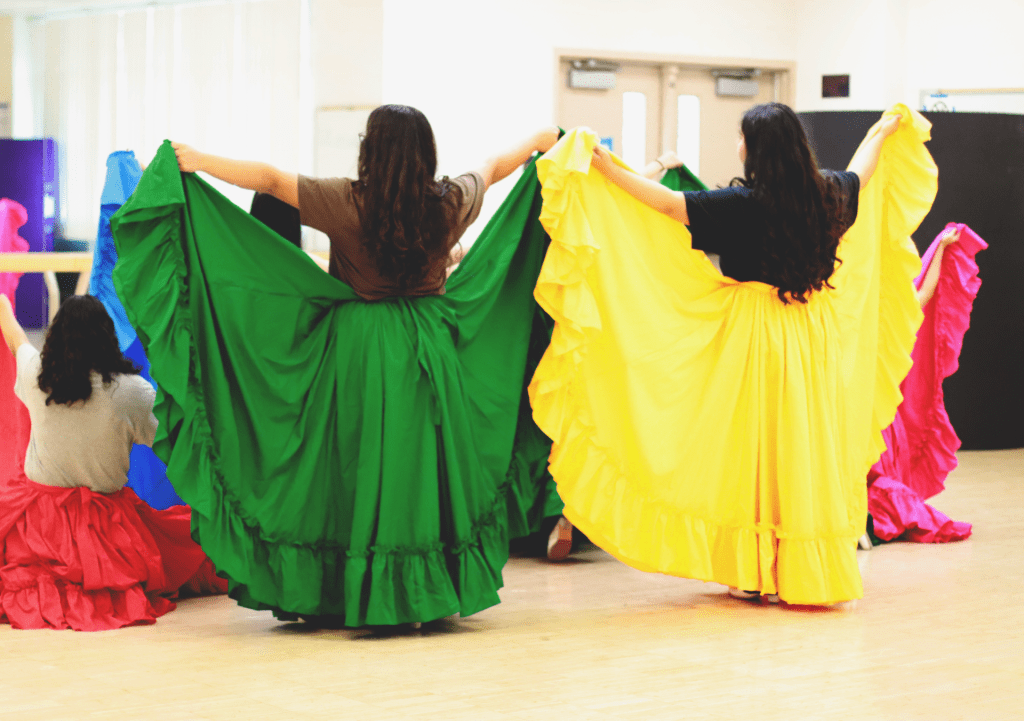
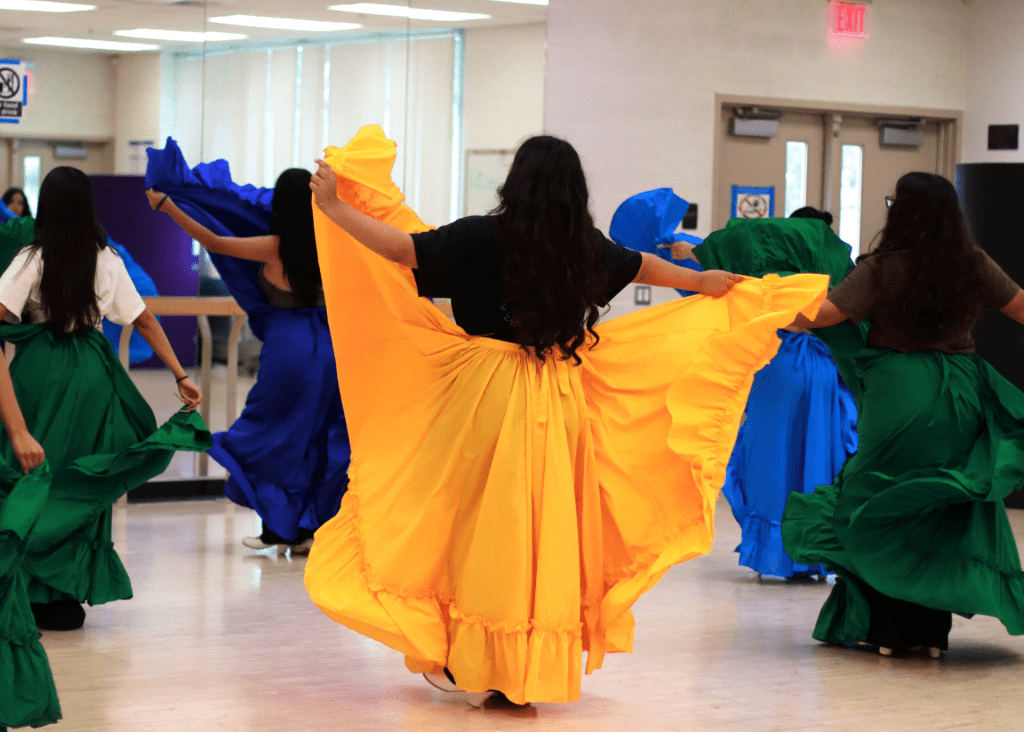
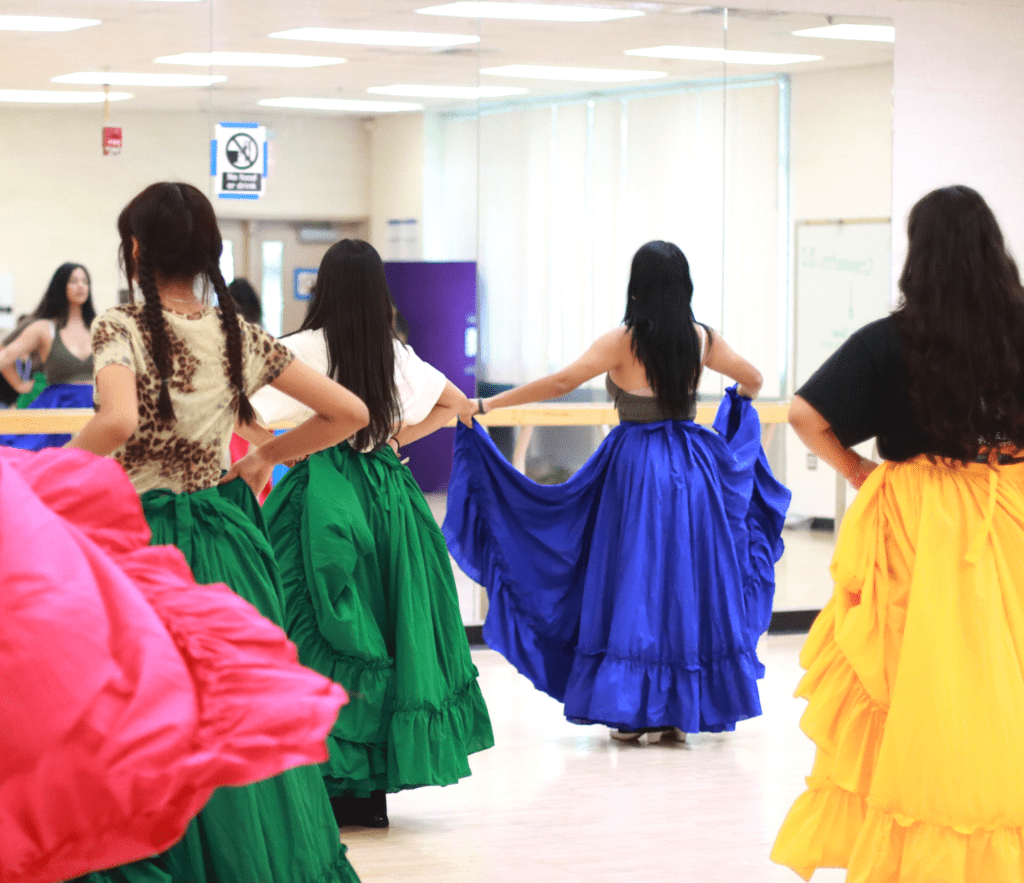
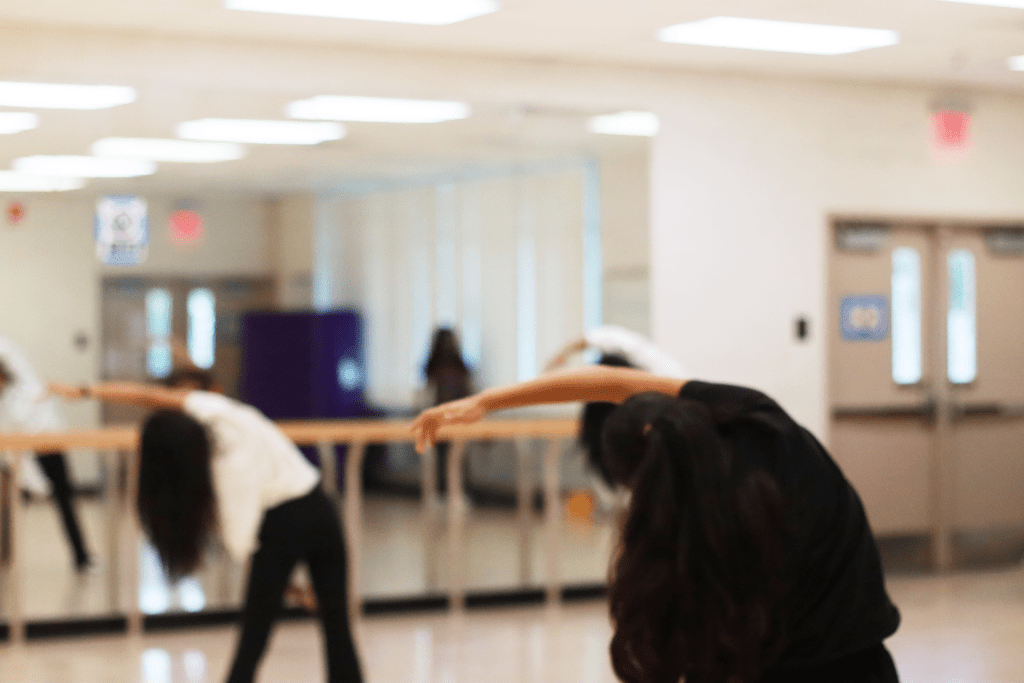
COLLAGE

BLOCK PRINTING

MIRROR IMAGERY
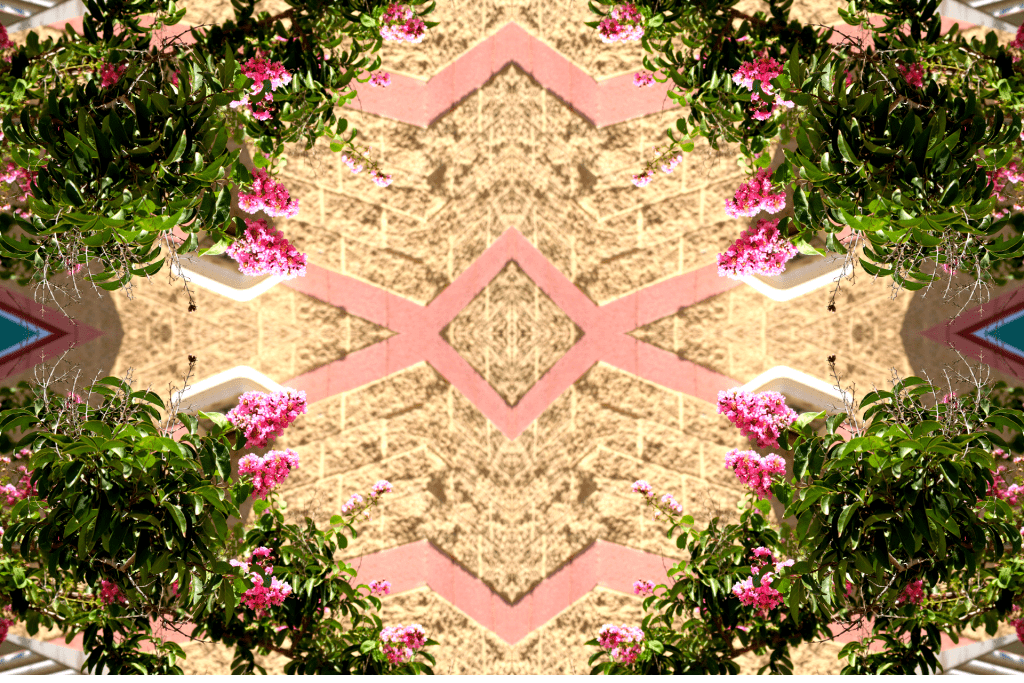
TRIPTYCH
IMAGE PROJECTION
DEPTH OF FIELD
PHOTOGRAPHY BASICS REVIEW
- Aperture: Controls the area over which light can enter your camera. Shutter speed: Controls the duration of the exposure. ISO: Controls the sensitivity of your camera’s sensor to light.
- You would need to change your ISO to adjust the cameras sensitivity to light, allowing you to take better photos in different lighting conditions. A higher ISO is useful in low light, while a lower ISO is ideal for bright environments to reduce noise.
- Aperture priority lets you control the aperture while the camera adjusts the shutter speed for exposure, useful for depth of field. Shutter priority lets you set the shutter speed with the camera adjusting the aperture great for capturing motion.
- determine how your camera focuses on subjects, continuous AF for moving subjects and automatic AF that switches between the two. You can change AF modes using the AF mode switch on your camera on through the camera’s menu settings.
- It helps determine the optimal combination of aperture, shutter speed, and ISO for the lighting conditions, ensuring your photos are neither too bright nor too dark.
- white balance is a camera setting that adjusts the colors in your photos to make them look more natural under different lighting conditions. You would need to change it to correct color casts from various light sources, like fluorescent or tungsten, ensuring that whites appear white and colors are accurate.
- Depth of field refers to the range of distance in a photo that appears sharp and in focus. A shallow depth of field means only a small part of the image is in focus, which is great for isolating subjects against a blurred background. A good depth the field, on the other hand, keeps more of the scene in focus, useful for landscapes where you want details throughout the image.
- drive modes in photography are settings that control how your camera takes pictures when you press the shutter button. You can choose to take one photo at a time, take many photos quickly in a row or set a timer to take a photo after a short wait. These modes help you capture moments the way you want.
- Exposure compensation is a camera setting that allows you to override the automatic exposure choices, giving you control over the brightness or darkness of your image
- Between 35mm to 50mm
- 400mm or 800mm lens.
- A wide-angle lens has a shorter focal length, capturing a wider field of view and exaggerating perspective, while a telephoto lens has a longer focal length, allowing for magnification and a narrower field of view, used for close-up and distant subjects.
